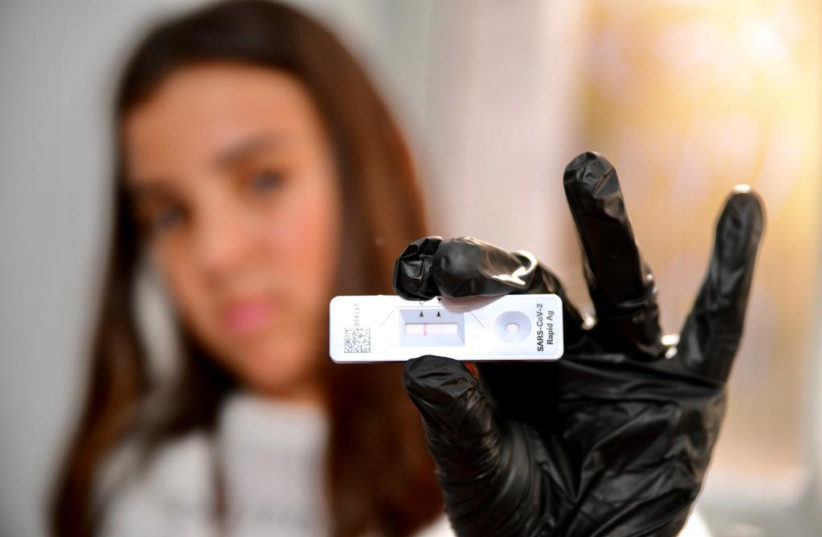The first day of school brings up different memories for everyone. For parents, it means sending kids off to a new framework after a summer of vacations, arrangements for day care, juggling work and home and less structure.
For children and teens, it’s the anticipation of new classes, the excitement of seeing old friends, buying new clothes and book bags and entering the great unknown of another school year beginning.
However, for the last two years under the ominous shadow of the coronavirus pandemic, the opening of the school year has been anything but positive. On the contrary, it’s filled both parents and pupils with anxiety and dread.
With some 2.5 million students and another 220,000 teachers making their way to classrooms on Wednesday amid a record number of nearly 11,000 new COVID-19 cases on the books, there exists a recipe for a perfect storm.
However, the decision to open the school year on time despite the whole month of September being full of holidays was the correct one, but it must be done right.
“It was not obvious that we would reach September 1 – [with] the opening of the education system,” Education Minister Yifat Shasha-Biton said on Monday. “However, it was clear to everyone that we could not continue to look at the management of this pandemic only through the lens of physical health. We also had to pay attention to other pandemics that have accompanied us in the past year: an increase in emotional distress, depression, anxiety and suicidal thoughts.”
As The Jerusalem Post’s Maayan Hoffman reported, the Education and Health Ministries have rolled out a five-layered plan to protect the students and teachers, which includes vaccines, serological tests and rapid antigen testing. On Tuesday, more than two million youth were expected to take a rapid antigen COVID test at home.
Education Ministry Director-General Yigal Slovik announced that distribution centers for rapid corona testing had been set up in local authorities in schools and kindergartens.
“Performing the test is simple… I call on all of you to collect the kit and test your child,” he said in a call to action.
However, we’re already seeing that it’s not going to be a smooth ride.
Some 35,000 of the currently active corona cases are schoolchildren; in addition to some 55,000 who are currently in isolation because they were exposed to verified cases. They will, therefore, not be able to be in school.
Further, another 60,000 or so students for grades 7-12 in cities labeled as red – classes where the vaccination rate does not reach 70% (including students jabbed with the first dose and recovered) – will study remotely.
According to research from The Hebrew University of Jerusalem, the opening of the school year shouldn’t increase the pace of serious COVID infections as long as the rate of vaccination continues. The research showed that the third shot of the Pfizer vaccine and the recently instituted expanded Green Pass program are stopping serious infection in general.
The numbers seem to bear that out. With some 83,000 active cases currently in the country, not far from the peak of 88,000 during the third wave – the number of serious patients and deaths in August has remained much lower. August saw a peak of 756 serious patients, compared to a record of around 1,200 patients in serious condition in January.
The bottom line is that it will require discipline and responsibility among parents and pupils to make the school year succeed without descending into a return to full-time Zoom classes.
Don’t cut corners or do what’s convenient. If there’s a suspicion that a parent, teacher, or student has been exposed to COVID, then stay at home until the results are in.
As we cautioned ahead of September 1 last year, the school year going ahead is not a green light for people to behave as if the virus is behind us.
Classrooms filled with students pose a great risk of an intensification of the virus’s proliferation. Unless everyone does their part to be smart and adapt their behavior to lessen the chances of infection, we’re going to see another truncated school year. That will mean we’d have collectively earned a failing grade for this very important lesson.
![Students in a classroom [Illustrative] Students in a classroom [Illustrative] (photo credit: REUTERS)](https://images.jpost.com/image/upload/q_auto/c_fill,g_faces:center,h_537,w_822/257670)
